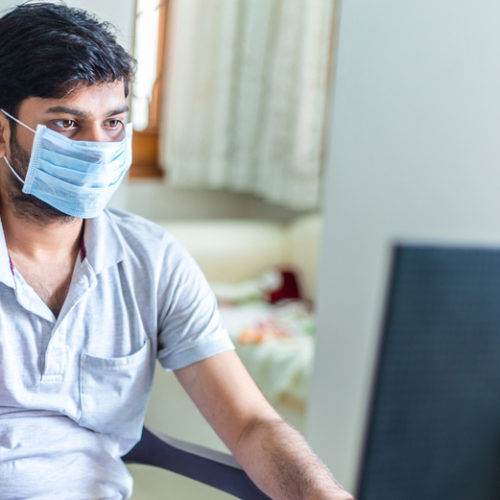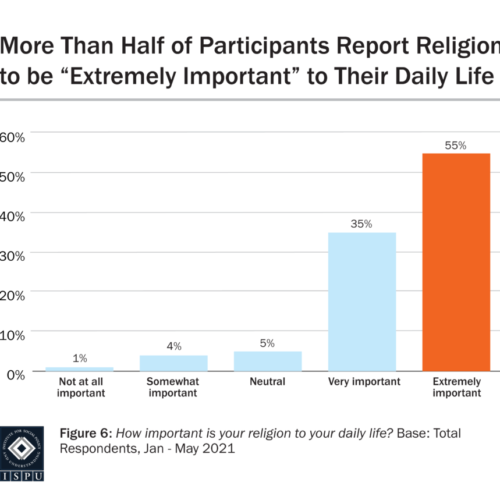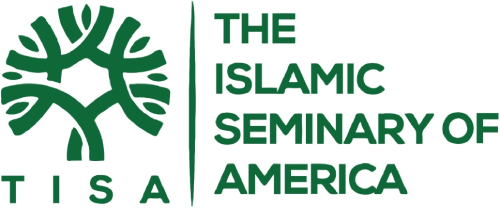
This article is reshared from the April, 2022 issue of ISPU Research article BY DR. RANIA AWAAD, KAMAL SULEIMAN, DALIA MOGAHED, DR. LANA ABDOLE, ALIZAH ALI, AND NOUR HAMMAMI.,
With the onset of the COVID-19 pandemic in spring of 2020, the healthcare system worldwide was overwhelmed, causing frontline HCWs and all other healthcare workers to report increased levels of distress and anxiety (Lai et al., 2020). Healthcare workers not only faced stressors related to their work environment, they also faced increasing social isolation and disconnection, which can result in significantly worse mental health outcomes (Gomez-Duran, 2020). Work-related stressors for HCWs on the frontlines included lack of personal protective equipment (PPE), lack of organizational transparency, and loss of income (Physician Foundation Survey, 2020). In the United States, in 2021, there has been increased burnout throughout the physician population, with 61% of physicians reporting they often felt feelings of burnout compared to only 40% in 2018 (Physician Foundation Survey, 2021). Alarmingly, more than half of physicians know another physician who considered or attempted suicide (Physician Foundation Survey, 2021).


Significant stressors outside of the work environment that HCWs faced included the concern of infecting others outside of the hospital, taking care of elderly relatives who were at the highest risk of mortality from COVID-19, and taking care of children at home (Norful et al, 2021). This is especially significant for American Muslim HCWs who find their belonging and citizenship in the United States through their family, community, and work environment (Laird et al., 2013). However, the impact of these stressors on American Muslim HCWs’ mental health and ability to lean on such supports as their family, community, and work environment has not been thoroughly investigated. Research has shown that among Muslim HCWs outside of the U.S. (in Yemen and Saudi Arabia), these stressors caused increased fear, distress, and risk of developing anxiety and depression, irrespective of gender, sociodemographic status, or sector of work (Hafizi et al., 2014). Our study sought to gain similar insight into how HCWs in the United States were being impacted by pandemic-related stressors, given their exposure to compounded stress from discrimination and marginalization (Padela et al., 2016).
All research findings above point to a particular set of risk factors that Muslim HCWs potentially face. Our study hypothesized that a sample of American Muslim HCWs would report significant distress as a direct result of pandemic-related stress.
As anticipated, more than 80% of our study’s sample reported that they felt “more stressed” or “much more stressed” as a result of the COVID-19 pandemic. Stress in this particular case was measured using a single self-report question: “How has your level of stress been impacted by the COVID-19 pandemic, if at all?” and the definition of stress was left open to subjective self-report by the participants. The following figure summarizes the responses and shows that four in five participants reported that their stress increased.
Additionally, about 30% of our sample screened positively for severe or moderate psychological distress according to the PHQ-4, and nearly 60% of the sample reported feeling angry on a regular basis. Our survey also explored isolation through a single self-report item: “Please indicate the degree to which the pandemic has made you feel isolated.” Frequency was self-defined in this case, with options including “never,” “rarely,” “occasionally,” or “regularly.” Concerningly, almost 80% of our sample reported feeling isolated “occasionally” or “regularly.” Given the important role of factors such as family, community, and work environment to the population of interest to this study, this is particularly worrisome (Laird et al., 2013).

